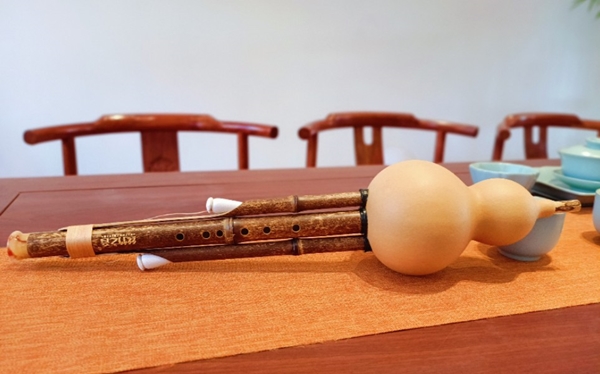Beginner's Guide: Five key tips for Hulusi learning
Hulusi, as a very characteristic wind instrument in China, has been loved by the majority of music lovers because of its unique timbre and easy to use. For beginners who are just starting out on the Hulushi learning journey, here are five tips to help you master this art faster and better:

First, choose the right fenugreek
In the initial stage, it is very important to choose a suitable hulusi for yourself. In general, the basic model of fenugreek with good intonation, pure timbre and moderate finger hole size should be selected in order to accurately grasp the pitch and be familiar with the playing skills.
Second, the learning of basic playing skills
First of all, start with the most basic breath application, mouth control, fingering practice, etc., which is the basis of all the subsequent complex skills. Pay particular attention to breath training, learn how to control the strength and urgency of the air flow, which is essential for blowing a full and rounded tone and mastering core skills such as long sound and pronunciation.
Three, adhere to the basic skills practice
Daily practice of scales, arpeggios and other basic skills can effectively improve the flexibility of the fingers and the coordination of the mouth muscles. At the same time, combining short pieces to practice, help to understand and use the skills learned, but also increase the fun of learning.
4. Arrange study plan reasonably
Develop a systematic and hierarchical learning plan, from the easy to the difficult step by step. You can start with simple pieces and work your way up to more complex pieces. Do not rush to success, every step should be solid and steady.
5. Combination of appreciation and imitation
Listening to and watching more professional hulusi playing videos and concerts can not only cultivate musical aesthetics, but also improve your playing level by observing professional players' playing posture, expression management and other details. Timely imitate the technical characteristics of excellent performers, but also pay attention to the development of personal style.
6. Continuity and patience
Learning any musical instrument takes time and patience, and fenugreek is no exception. Persistent practice, not easily give up when encountering difficulties, timely consult the teacher and adjust the learning method, is the key to achieve the expected goal.
In short, Hulusi's learning process is not only the accumulation of technology, but also the improvement of music perception and personal expression ability. Beginners should follow the above suggestions, take every step steadily, enjoy the musical fun brought by hulusi, and finally find their own musical world in the melodious notes.
 渝公网安备 50010702504639号
渝公网安备 50010702504639号